Search
Search Results

Image
Seating, Theatre of Butrint
The theatre of Butrint (modern Albania), early 2nd century BCE.
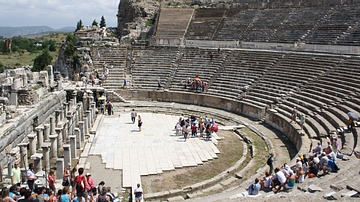
Image
Stage, Theatre of Ephesos
First constructed in the reign of Lysimachos (early 3rd century BCE), the theatre is built into a natural hill and construction evolved through Hellenistic and Roman times. The seated area (or cavea) was larger than a semi-circle and 38m...
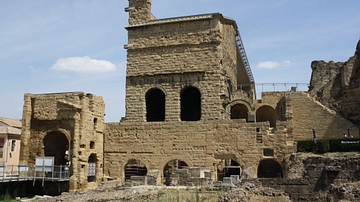
Image
Side View, Theatre of Orange
The monumental arched entrances to the 1st century CE Roman theatre of Arausio (Orange, France).

Image
Theatre of Thugga
The stage of the Roman theatre of Thugga (Dougga), North Africa (168-169 CE)

Image
Dancer, Noh Theatre Scene
A dancer from Noh theatre. c. 1910 CE. Woodblock print on paper by Tsukioka Kōgyo. (Metropolitan Museum of Art, New York)

Image
Greek Tragedy Theatre Mask
A votive offering in a the form of a larger-than-life bronze tragedy theatre mask. Possibly by Silanion, 4th century BCE. (Archaeological Museum of Piraeus)
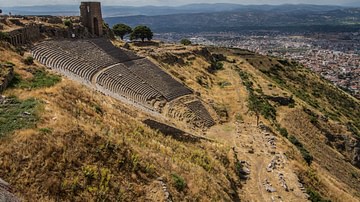
Image
Theatre of Pergamon
The unusually steep cavea of the 2nd century BCE theatre in the Hellenistic city of Pergamon (modern Turkey).
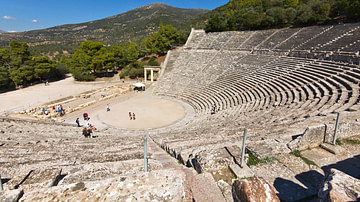
Image
Theatre of Epidaurus Panorama
Theatre of Epidaurus, Greece.

Image
Theatre of Argos
Built from the 4th to 3rd century BCE. Originally there were 81 rows of seats giving a total capacity of 20,000 spectators, making it the largest Greek theatre.
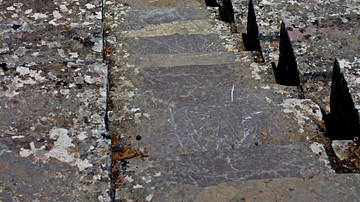
Image
The Theatre of Epidaurus
A view of the orchestra of the Theatre of Epidaurus taken from the steps of the audience seats.